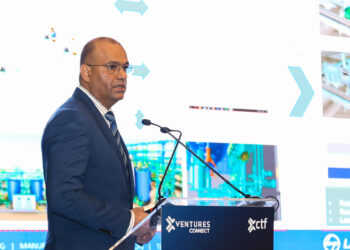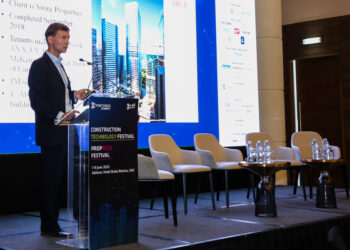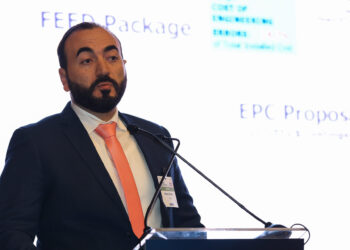A significant challenge for property managers is maintaining high-quality energy performance in a building. In poorly run buildings, energy waste can mount, and eventually make up half of the total energy bill. Equally, a well-run building using Internet of Things sensors to properly manage equipment can reduce bills by as much as 20%.
Data is key to making a building operate smarter and more efficiently. Information gleaned from data should drive a facility management strategy, and the technology required should not been seen as a cost, given the return on investment it can provide, said Javeria Aijaz, Managing Director, Hitek, Senior Director – Technology & Innovation, Farnek.
Objectives should be that an energy solution is built on either a single or multiple technologies, with energy saving and occupancy comfort as goals.
Providing a case study covering 25 locations, Aijaz outlined how Aster DM Healthcare is using more than 20 types of IoT sensor in its buildings, and the benefits this is bringing. These can provide information on aspects such as how much energy is consumed per square metre and by footfall. This is connected to a Computer-aided facility management system.
“[An] outcome that Aster has seen [was where] energy consumption for a building has been very high but the footfall was low,” said Aijaz, speaking in the PropTech stream of the Construction Technology Festival. By analysing the data further, the company was able to see that they did not have customers between certain hours in a pharmacy and could adjust open times.















